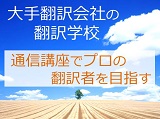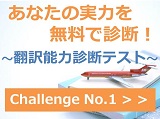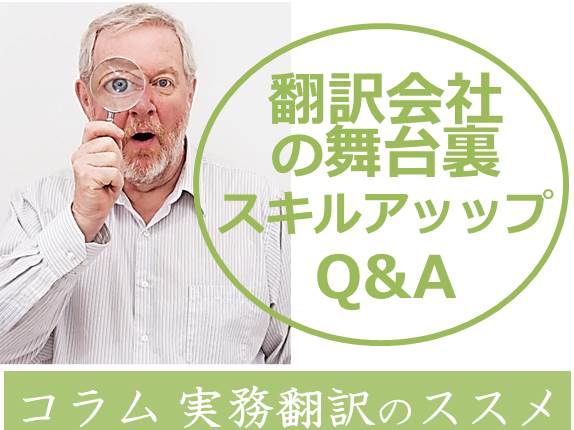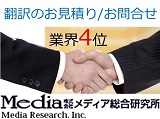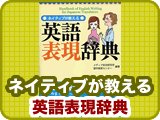(a)
 |
「the+単数普通名詞」の形で
1.
 |
種族全体や技術的な発明品、楽器、身体の一部などを表すとき
The whale is the largest animal. (くじらは最も大きな動物である)
The robot can be programmed to perform a number of complex tasks.
(ロボットは多くの複雑な仕事をこなせるようプログラムできる)
He can play the piano (violin, organ, flute,
guitar, etc.).
Too much light hurts the eye. (光が多すぎると目を痛める)
[注]
 |
不定冠詞のところでも触れましたが、「種族」や「類」の全体を表すには、(イ)「不定冠詞+単数名詞」、(ロ)「定冠詞+単数名詞」のほか、(ハ)「無冠詞の複数名詞」も使えます。このうち(ハ)が最も一般的な言い方といえましょう。
 |
A dog is a four-footed
animal. (犬は四足獣である) |
| The dog is a four-footed
animal. |
| Dogs are four-footed animals. |
ただし、人間一般や男女一般について述べる場合はman、womanだけでtheもaもつけません。
Man is the only animal that can use tools.
(人間は工〔道〕具を使うことのできる唯一の動物である)
People say that man thinks with the head, woman with the heart.
(男は頭で考え、女はハートで考えると言われる) |
|
2.
 |
抽象的な意味が加わり、その名詞のもつ性質・職能を表すとき。ただし、ことわざなどに用いられ、あまり一般的ではありません。
The pen is mightier than the sword. (ペン〔文〕は剣〔武〕にまさる)
the cradle (揺りかご → 幼時) the bench (ベンチ
→ 判事職) |
|

![]()
